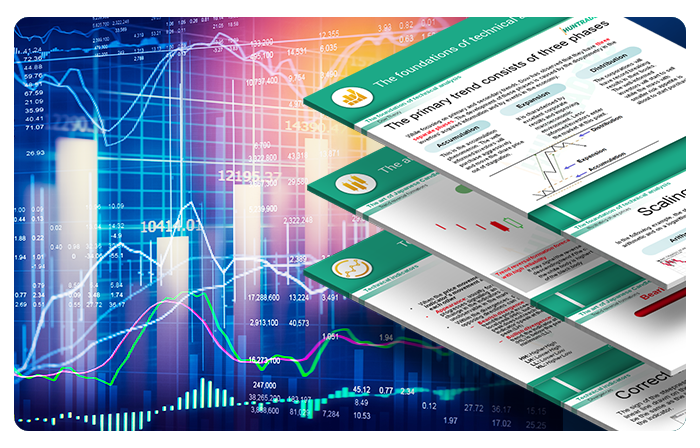A trendline is a line drawn on a stock chart to represent the general direction of price movement. In technical analysis, trendlines are used to identify and track trends, and to make predictions about future price movements.
Trendlines are created by connecting two or more price points on a chart, and are used to visualize the underlying pattern of price movement. They can be used to identify both upward and downward trends, and can help traders and investors identify key levels of support and resistance.
There are several types of trendlines that can be used in technical analysis, including:
- Upward Trendline: An upward trendline is drawn by connecting two or more low points on a chart, and is used to represent an upward trend in the price of a security.
- Downward Trendline: A downward trendline is drawn by connecting two or more high points on a chart, and is used to represent a downward trend in the price of a security.
- Horizontal Trendline: A horizontal trendline is a line that runs parallel to the x-axis and is used to identify key levels of support and resistance.
Trendlines are an important tool in technical analysis and can provide valuable information to traders and investors about the direction and strength of a trend. However, it is important to keep in mind that trendlines are not absolute, and that price movements can sometimes break through trendlines, leading to significant changes in market sentiment and investment strategies.
In this subchapter the psychology of trendlines is also introduced.





















